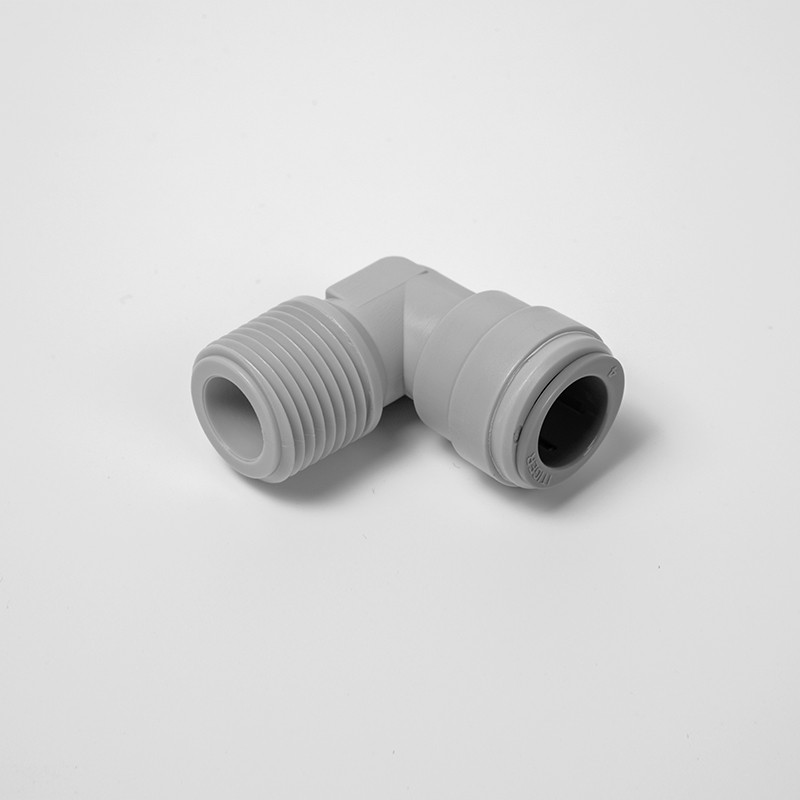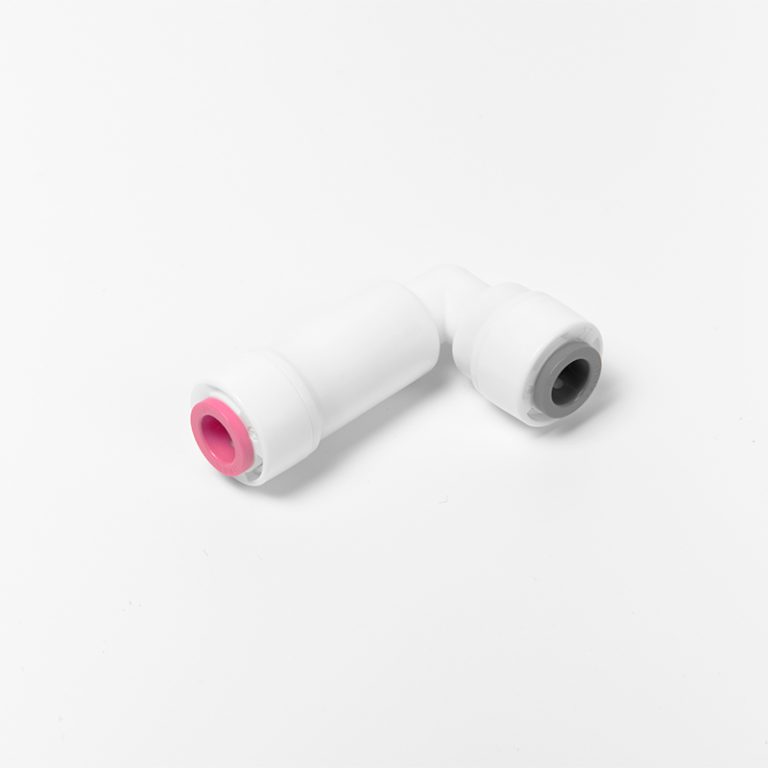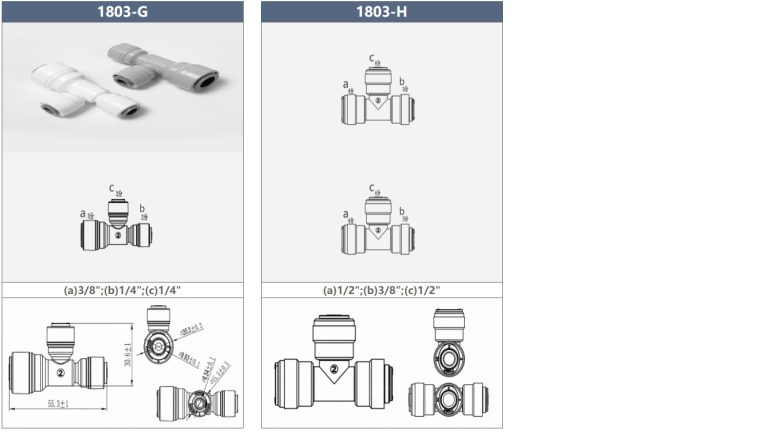“Effortless connections, every time.”
Table of Contents
Pros and Cons of Using PVC Quick Connect Fittings in Plumbing Systems
PVC quick connect fittings have become increasingly popular in plumbing systems due to their ease of use and convenience. These fittings allow for quick and easy installation without the need for glue or special tools, making them a popular choice for DIY enthusiasts and professional plumbers alike. However, like any plumbing product, there are both pros and cons to using PVC quick connect fittings in your plumbing system.
One of the main advantages of PVC quick connect fittings is their ease of installation. With traditional PVC fittings, you would need to apply primer and glue to securely connect the pipes. This process can be messy and time-consuming, especially for those who are not experienced in plumbing. PVC quick connect fittings eliminate the need for glue, as they simply snap into place, making installation quick and hassle-free.
Another benefit of PVC quick connect fittings is their versatility. These fittings come in a variety of shapes and sizes, allowing you to easily connect pipes of different diameters and angles. This flexibility makes PVC quick connect fittings a great option for a wide range of plumbing projects, from simple repairs to more complex installations.
| Model | Tube(a) | Stem(b) |
|---|---|---|
| 1801-A | 1/4 | 1/4 |
| 1801-C | 1/4 | 3/14 |
In addition to their ease of installation and versatility, PVC quick connect fittings are also durable and long-lasting. Made from high-quality PVC material, these fittings are resistant to corrosion and can withstand high water pressure. This durability ensures that your plumbing system will remain leak-free and functioning properly for years to come.
Despite their many advantages, there are some drawbacks to using PVC quick connect fittings in plumbing systems. One of the main concerns is the potential for leaks. While PVC quick connect fittings are designed to create a tight seal, there is always a risk of leaks occurring over time. This can be especially problematic in areas with high water pressure or temperature fluctuations.
Another downside to PVC quick connect fittings is their limited compatibility with other types of piping materials. If you have a plumbing system that includes a mix of PVC and metal pipes, you may run into issues when trying to connect them using PVC quick connect fittings. In these cases, you may need to use traditional fittings or adapters to ensure a secure connection.
In conclusion, PVC quick connect fittings offer a convenient and easy-to-use solution for plumbing projects. Their ease of installation, versatility, and durability make them a popular choice for many homeowners and professionals. However, it is important to weigh the pros and cons before deciding whether PVC quick connect fittings are the right choice for your plumbing system. Consider factors such as water pressure, temperature fluctuations, and compatibility with other piping materials to ensure a secure and leak-free installation. Ultimately, with proper installation and maintenance, PVC quick connect fittings can provide a reliable and efficient solution for your plumbing needs.
Step-by-Step Guide on How to Install PVC Quick Connect Fittings for Beginners
PVC quick connect fittings are a convenient and efficient way to join PVC pipes without the need for glue or other adhesives. These fittings are perfect for beginners who are new to plumbing or DIY projects, as they are easy to install and require no special tools. In this step-by-step guide, we will walk you through the process of installing PVC quick connect fittings so you can complete your project with confidence.
To begin, gather all the necessary materials for the installation. You will need PVC pipes, PVC quick connect fittings, a pipe cutter or hacksaw, and a marker. Make sure to measure and cut your PVC pipes to the desired length before proceeding with the installation.
Once you have your materials ready, start by marking the insertion depth on the PVC pipe. This will ensure that the pipe is properly seated in the quick connect fitting. Use a marker to make a clear and visible mark on the pipe, typically around 1 inch from the end.
Next, insert the PVC pipe into the quick connect fitting until it reaches the marked insertion depth. Make sure the pipe is fully seated in the fitting to prevent any leaks or issues with the connection. You should feel a slight resistance when inserting the pipe, which indicates that it is properly seated.
After inserting the pipe, give it a gentle tug to ensure that it is securely in place. The quick connect fitting should hold the pipe firmly without any movement or play. If the pipe does not feel secure, remove it and try inserting it again, making sure it reaches the insertion depth.
Repeat the same process for the other end of the PVC pipe, connecting it to another quick connect fitting or a different type of fitting if needed. Make sure to follow the manufacturer’s instructions for proper installation and use of the fittings.

Once all the PVC pipes are connected with the quick connect fittings, turn on the water supply to test the connections. Check for any leaks or issues with the fittings, and make any necessary adjustments to ensure a tight and secure connection.
In conclusion, installing PVC quick connect fittings is a simple and straightforward process that can be done by beginners with ease. By following this step-by-step guide, you can successfully join PVC pipes without the need for glue or other adhesives. Remember to measure and cut your pipes accurately, mark the insertion depth, and ensure that the pipes are securely seated in the fittings. With proper installation and testing, you can complete your plumbing or DIY project with confidence and peace of mind.



